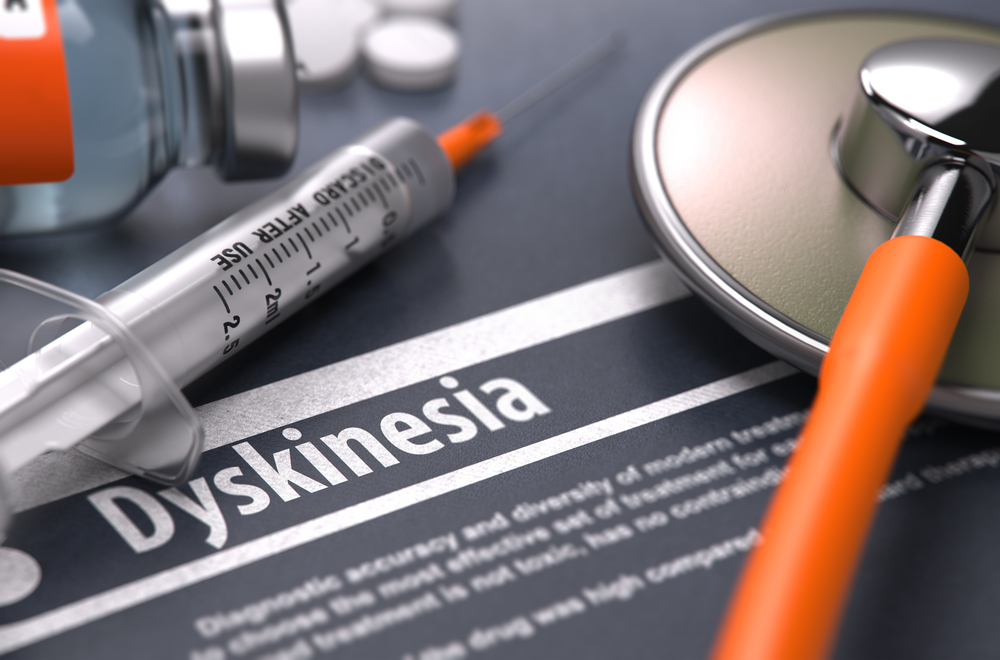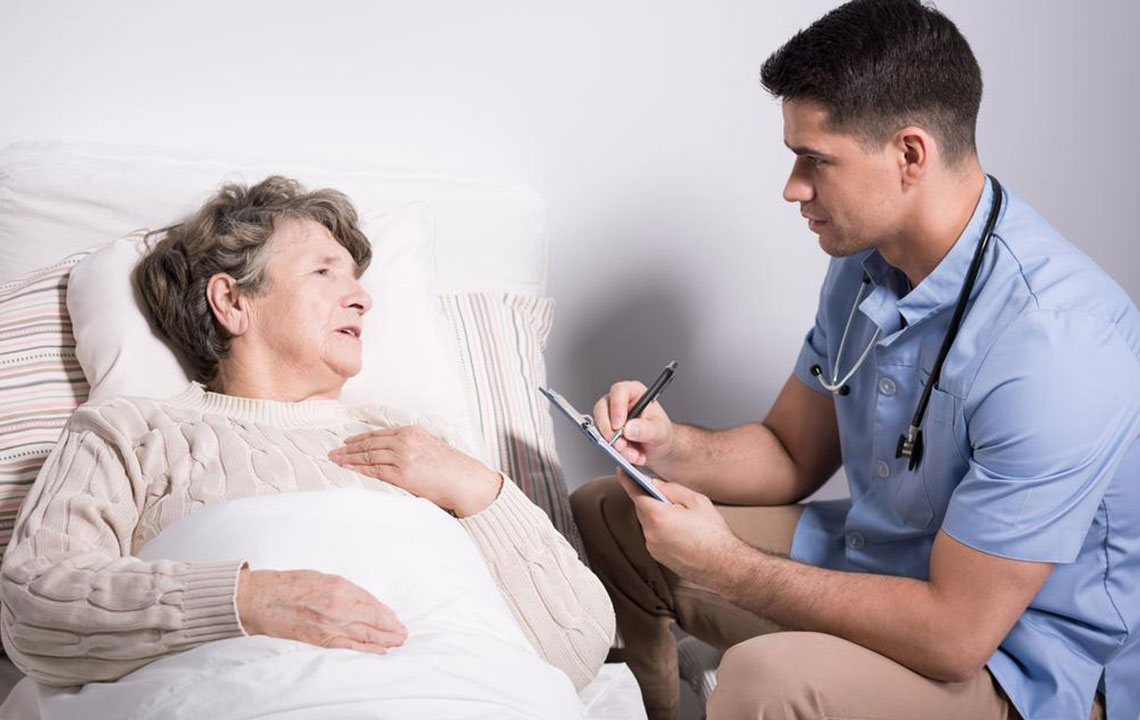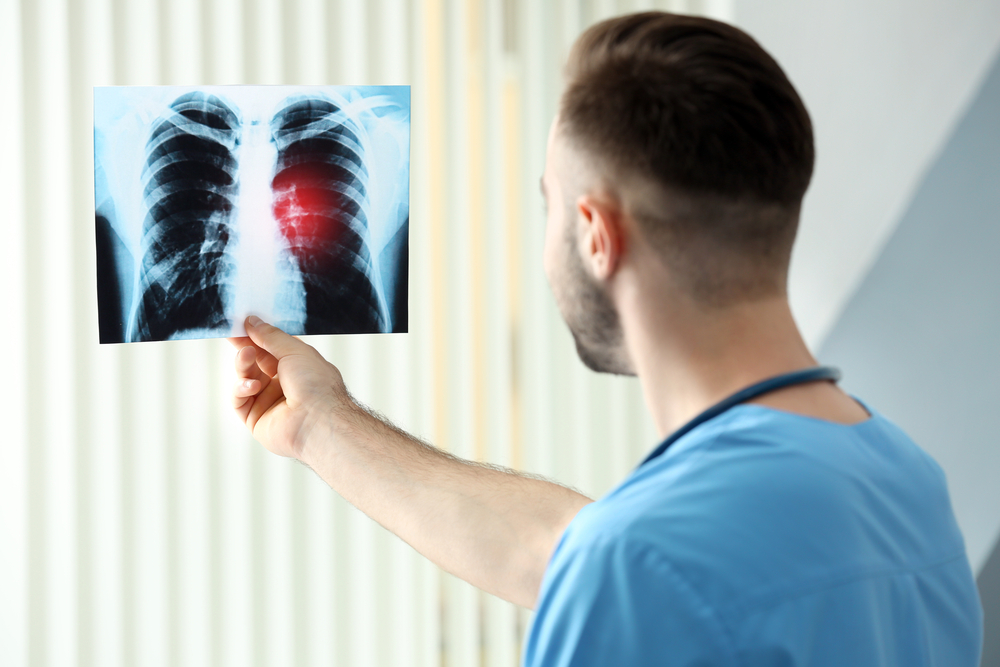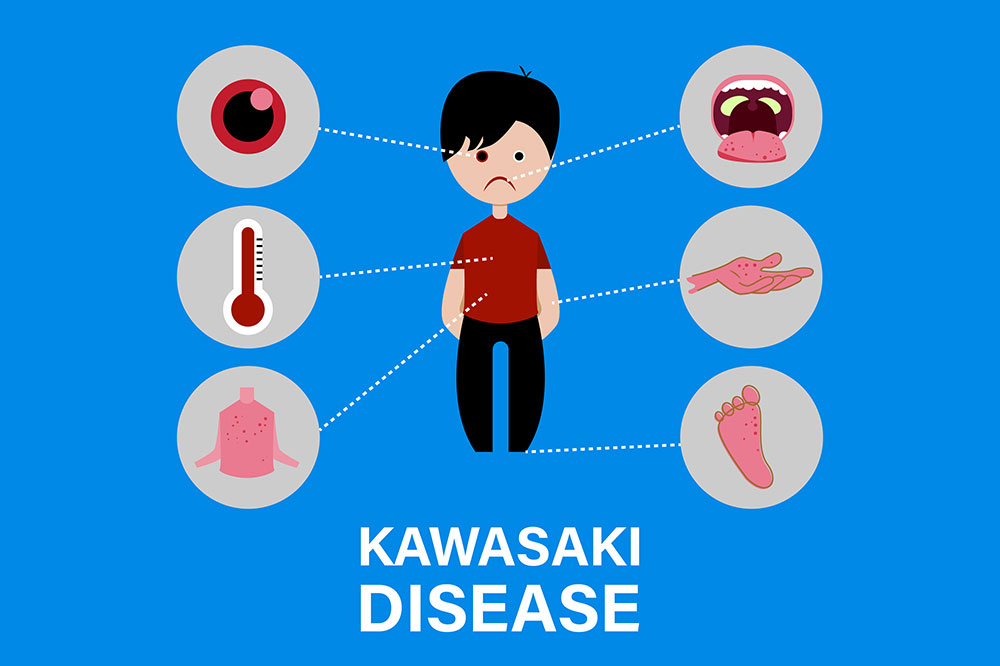Comprehensive Guide to Identifying and Managing Tardive Dyskinesia Symptoms
This comprehensive guide delves into the key signs of tardive dyskinesia, including involuntary movements, facial distortions, speech and swallowing difficulties, and more. It emphasizes the importance of early detection, diagnosis, and multifaceted management strategies to improve patient outcomes. With insights into traditional and natural treatment options, this article aims to educate clinicians, patients, and caregivers about effectively identifying and managing this chronic neurological condition, ultimately enhancing quality of life.

In-Depth Overview of Recognizing the Key Symptoms of Tardive Dyskinesia
Neurological disorders can profoundly affect a person’s daily functioning and overall quality of life. Among these conditions, tardive dyskinesia stands out as a complex movement disorder primarily linked to long-term use of specific psychiatric medications, especially antipsychotics. Although the early detection of its symptoms can significantly improve management outcomes, many individuals and clinicians find it challenging to identify these signs promptly. Understanding the main indicators associated with tardive dyskinesia enables early intervention, which can help reduce symptom severity, improve patient comfort, and prevent further complications. This comprehensive guide aims to equip patients, caregivers, and healthcare professionals with detailed insights into the key signs and management strategies related to tardive dyskinesia.
Involuntary Rapid Movements of Limbs
One of the hallmark symptoms of tardive dyskinesia is uncontrollable, quick, repetitive movements. These often involve the arms, legs, or other extremities. Such movements may manifest as jerking, twitching, or writhing motions that patients cannot consciously control. Recognizing these involuntary actions early is crucial for timely medical attention.
Facial Distortions and Dyskinesia
Patients may experience noticeable changes in facial muscle movements. These can include grimacing, grimacing, or abnormal facial expressions that distort facial features, especially around the mouth and eyes. These facial movements are often persistent and can be socially stigmatizing.
Speech Impairments
Disrupted speech patterns are common among affected individuals. Patients may find themselves struggling to articulate words clearly or may exhibit slurred speech, which can interfere with communication and social interactions.
Difficulty Swallowing
Swallowing becomes challenging for some patients, leading to discomfort and increased risk of aspiration or choking. This symptom often accompanies other oral involuntary movements.
Rapid and Excessive Eye Blinking
Uncontrolled blinking, often rapid and repetitive, is a characteristic sign. This can cause discomfort and may contribute to visual disturbances.
Respiratory Difficulties
In severe cases, abnormal muscle activity can affect breathing, leading to respiratory distress that necessitates urgent medical attention. Breathing issues should never be ignored and require prompt evaluation.
Uncontrolled Oral Movements
This includes behaviors such as lip smacking, pursing or puckering lips, tongue protrusion, or frowning. These movements are often persistent and may interfere with eating and speaking.
Diagnosing tardive dyskinesia typically involves a combination of clinical assessments, laboratory tests, and neuroimaging techniques. These diagnostic tools help distinguish tardive dyskinesia from other movement disorders and confirm its presence. Despite ongoing treatment options, it’s important to recognize that tardive dyskinesia often presents as a chronic condition, with some symptoms persisting even after discontinuation of causative medications. While treatments like medications can help reduce symptom severity, a comprehensive management plan should include regular monitoring, lifestyle modifications, and supportive therapies.
Some nutritional supplements may provide symptomatic relief. For instance, antioxidants such as Vitamin E or B6 have shown potential in alleviating some movement symptoms, but it’s essential for patients to consult healthcare professionals before starting any supplement regimen. Additionally, natural remedies like Ashwagandha extract, derived from Withania somnifera, have been explored for their neuroprotective and stress-relieving properties, which could support recovery efforts. Alongside medication and supplements, simple exercises including stretching, muscle relaxation, and controlled movements may help improve overall well-being and boost confidence. Early recognition and proactive management remain critical for improving quality of life for individuals living with tardive dyskinesia.





